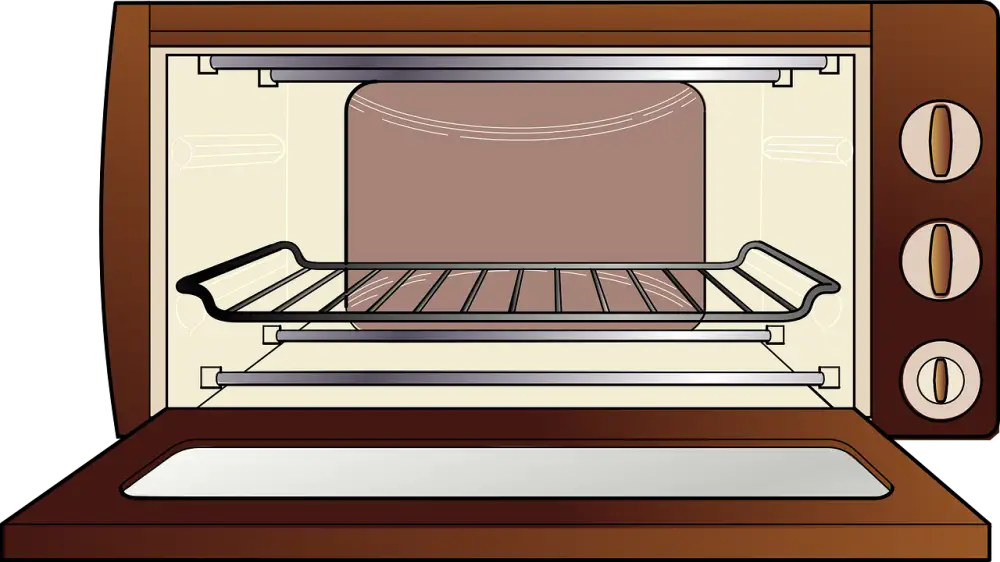Mastering Your Convection Oven: Essential Tips and Tricks for Home Cooks

Convection ovens are a game-changer in the kitchen, utilizing a fan to circulate hot air and cook food more efficiently and evenly than traditional ovens. This circulating heat reduces cooking time, allows for lower cooking temperatures, and produces crispier results. Whether you're baking, roasting, or broiling, a convection oven can help you achieve professional-quality dishes right in your own home. Understanding how to properly use and care for your convection oven will elevate your cooking skills and make meal preparation more enjoyable.
Preheating the Convection Oven
Preheating your convection oven is essential to ensure even cooking and optimal results. Unlike traditional ovens, convection ovens rely on the circulation of hot air to cook food efficiently. Preheating allows the oven to reach the desired temperature evenly throughout, helping your dishes cook more quickly and evenly. To preheat your convection oven, simply set it to the desired temperature before placing your food inside. Most convection ovens have a preheat indicator that lets you know when it has reached the set temperature, ensuring that your dishes start cooking at the right moment for best results.
Adjusting Cooking Temperatures and Times
When using a convection oven, it's essential to adjust cooking temperatures and times for optimal results. Generally, you can reduce the temperature by 25 degrees Fahrenheit compared to a traditional oven. This is because the fan in a convection oven helps distribute heat more evenly, allowing for faster and more efficient cooking. Additionally, you may need to shorten cooking times by about 25% to prevent overcooking. It's crucial to keep an eye on your dishes as they cook and use a reliable food thermometer to ensure they are cooked to perfection.
Placement of Cookware in the Convection Oven
When using a convection oven, it's crucial to consider the placement of your cookware to ensure even cooking. Opt for low-sided pans and baking sheets to allow hot air to circulate around the food effectively. Avoid overcrowding the oven with too many dishes at once, as this can obstruct airflow and lead to uneven cooking. Additionally, make sure there is enough space between pans for proper circulation of hot air. Placing cookware in the center of the oven will help ensure consistent results across all dishes being prepared.
Monitoring Food While Cooking
When using a convection oven, it is essential to monitor your food while it is cooking to ensure that it cooks evenly and does not overcook. Since convection ovens circulate hot air around the food, it is crucial to check on your dishes periodically to prevent burning or uneven cooking. Use an oven-safe thermometer to check the internal temperature of meats and baked goods for doneness. Additionally, rotating your pans halfway through the cooking process can help promote even browning and cooking throughout your dish. By keeping a close eye on your food while it cooks in a convection oven, you can achieve delicious results every time.
Tips for Cleaning and Maintaining a Convection Oven
1. Regular Cleaning: After each use, wipe down the interior of the convection oven with a damp cloth to remove any food particles or spills. This will prevent residue from building up and affecting the oven's performance.
2. Deep Cleaning: Periodically, remove the racks and trays from the oven and wash them with warm, soapy water. Use a non-abrasive cleaner to scrub away any stubborn stains inside the oven cavity.
3. Clean the Fan: The fan in a convection oven can accumulate grease and grime over time, impacting its efficiency. Use a soft brush or cloth to gently clean the fan blades and ensure proper airflow during cooking.
4. Check Seals and Gaskets: Inspect the door seals and gaskets regularly for any signs of wear or damage. Replace them if necessary to maintain proper insulation and prevent heat loss during cooking.
5. Avoid Harsh Chemicals: When cleaning your convection oven, avoid using harsh chemicals or abrasive cleaners that could damage the interior surfaces or affect food safety.
6. Professional Maintenance: If you encounter any issues with your convection oven or notice a decline in performance, consider contacting a professional technician for maintenance and repairs to keep your appliance running smoothly.
By following these tips for cleaning and maintaining your convection oven, you can ensure its longevity and optimal performance for many delicious meals to come.
In conclusion, mastering your convection oven can greatly enhance your cooking experience at home. By understanding how to properly preheat the oven, adjust cooking temperatures and times, place cookware correctly, and monitor food while cooking, you can achieve more consistent and efficient results. Additionally, regular cleaning and maintenance of your convection oven will ensure its optimal performance for years to come. With practice and attention to detail, you can unlock the full potential of this versatile kitchen appliance and create delicious meals with love and precision.
Published: 24. 03. 2024
Category: Home



